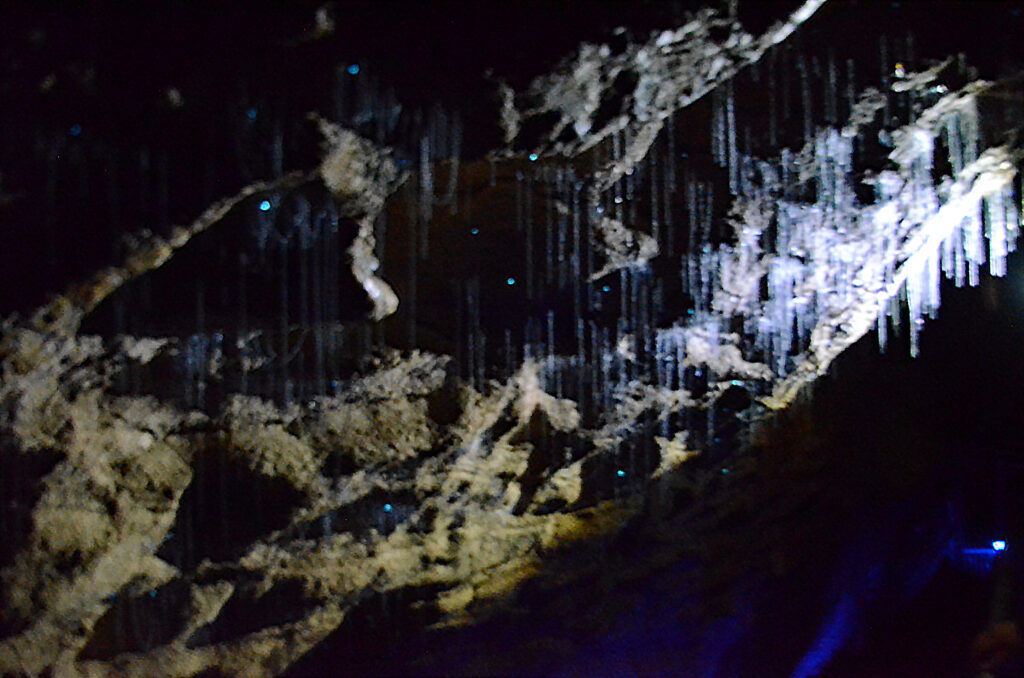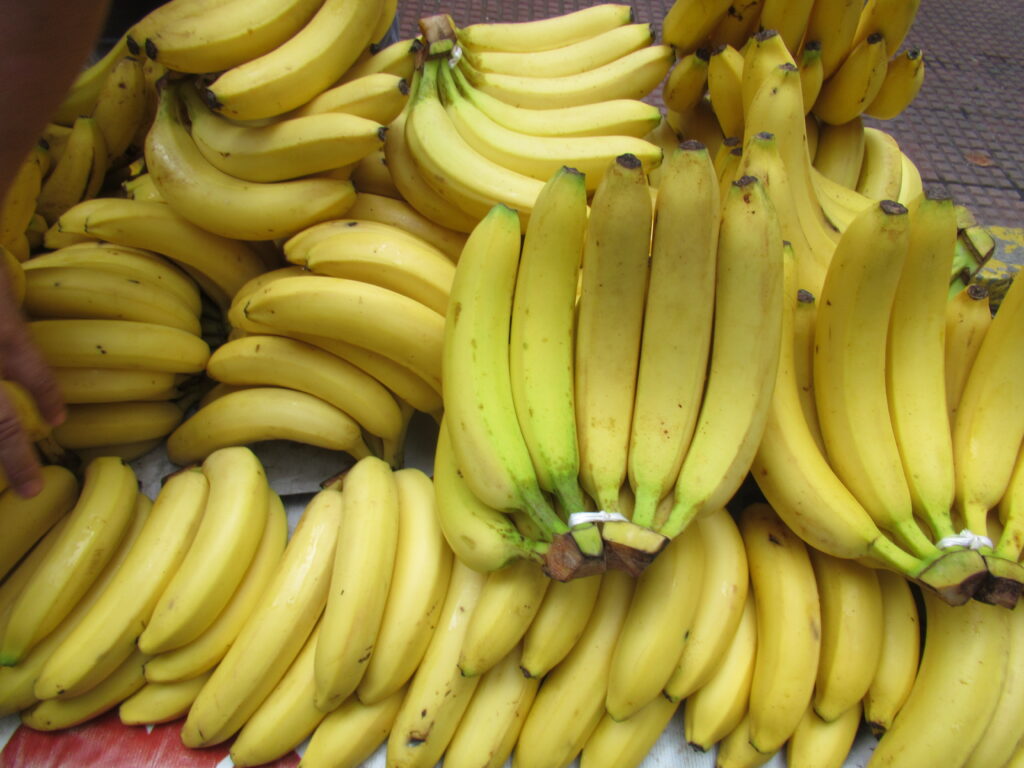Imagine wandering into a world so wild, so rich, and so mysterious that every step could reveal a creature unknown to science. The Amazon rainforest, often called the planet’s lungs, is such a place. Yet, while scientists still stumble upon new species beneath its emerald canopy, the same forest is shrinking—so fast that many of these discoveries feel bittersweet, like finding treasure just as the ground crumbles beneath your feet. The Amazon is both a cradle of life and a stage for extinction, and what happens here touches us all, whether we’re living on its banks or halfway across the world.
The Amazon: Earth’s Greatest Biological Treasure Chest
The sheer scale of the Amazon defies belief. Stretching across nine countries and covering more than two million square miles, it’s the largest rainforest on Earth. This vast green maze holds a dizzying diversity of life—so much so that scientists estimate only a fraction has been cataloged. It’s said that one in ten known species call this place home, from the tiniest insects flitting in shafts of sunlight to jaguars prowling the undergrowth. Walking through the Amazon, you don’t just hear birds and monkeys—you hear the pulse of life itself, echoing through every leaf and raindrop.
Unearthing the Unknown: How Scientists Discover New Species
The process of finding a new species isn’t as glamorous as Indiana Jones might make it seem. Researchers slog through mud, brave biting insects, and sometimes risk encounters with not-so-friendly wildlife. They collect samples, snap countless photos, and take detailed notes on everything from frog croaks to leaf patterns. Genetic analysis has become a game-changer, helping scientists confirm whether a quirky bug or a colorful mushroom is truly new to science. Sometimes, it’s only after years of study—comparing DNA, behavior, and anatomy—that a discovery is officially announced.
Recent Surprises: Incredible New Species Found in the Last Decade
Even in the age of satellites and smartphones, the Amazon keeps its secrets well. In just the past decade, researchers have reported dazzling new finds: a monkey with a bright orange tail, a tiny river dolphin, and a frog the size of a thumbnail. There’s the “spectacled” owl-faced monkey, spotted in northern Brazil, and a rainbow-colored freshwater fish that looks like a living gemstone. Each new discovery isn’t just a headline—it’s a reminder of how much we still have to learn, and how rich the unknown still is.
Vanishing Before Our Eyes: Extinction in Real Time
For every new species discovered, there are others quietly slipping away. Habitat loss, deforestation, and climate change are accelerating extinctions at a pace that’s hard to fathom. Sometimes, scientists find a new animal or plant only to realize it’s already endangered, or even extinct in the wild. Imagine the heartbreak of documenting a frog’s call for the first time, only to return a year later and find the forest silent. These losses aren’t just numbers—they’re stories cut short, chapters of Earth’s history erased before we ever got to read them.
The Relentless March of Deforestation
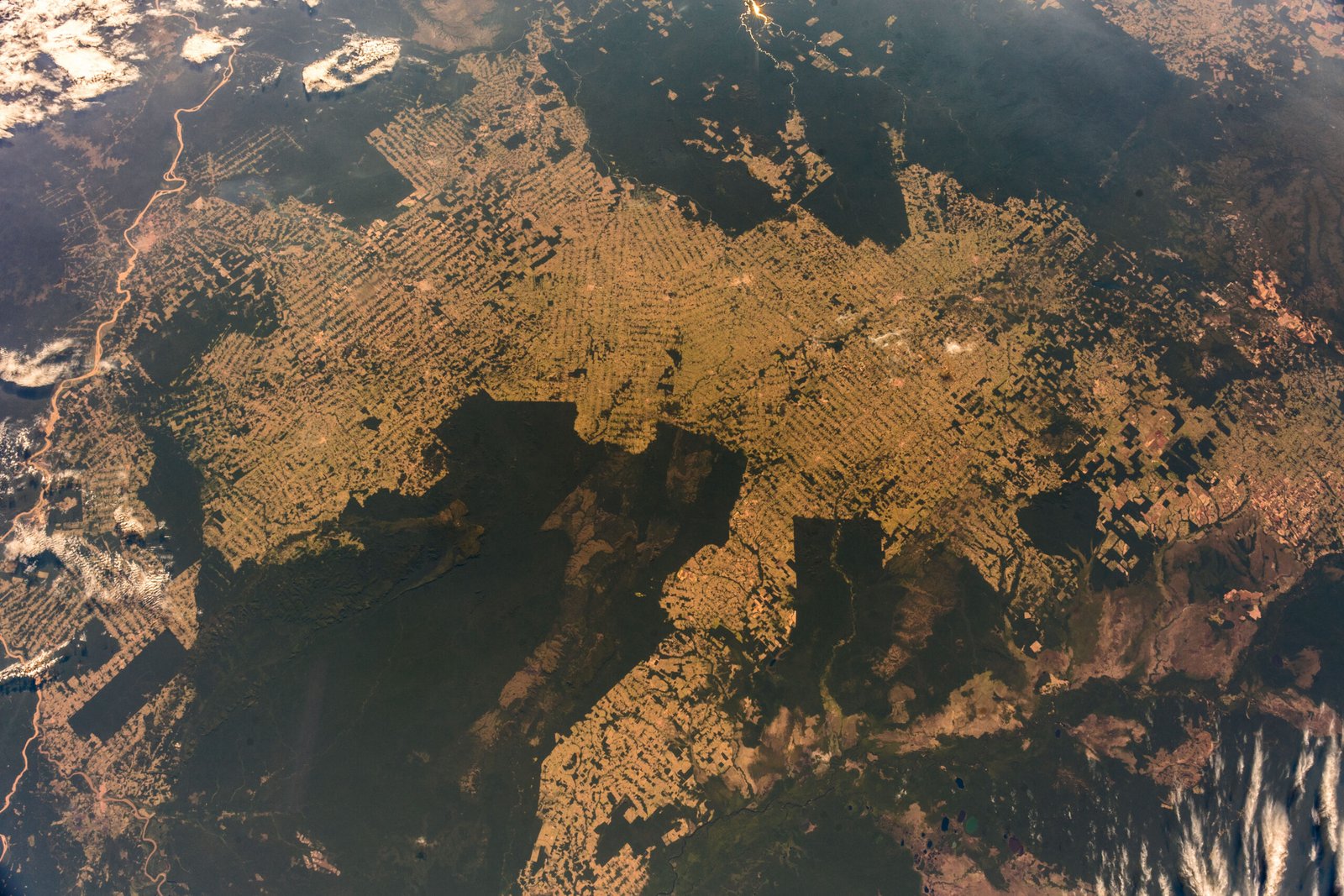
The Amazon’s greatest threat is deforestation. Roads slice through once-impenetrable forest, opening the way for logging, mining, and agriculture. Each year, millions of trees are felled—some more ancient than any city on Earth. With every acre lost, entire ecosystems unravel. The heartbreaking truth is that some species disappear before we even know they exist, their names never spoken, their roles in the web of life forever a mystery.
Climate Change: A Looming Shadow Over the Amazon
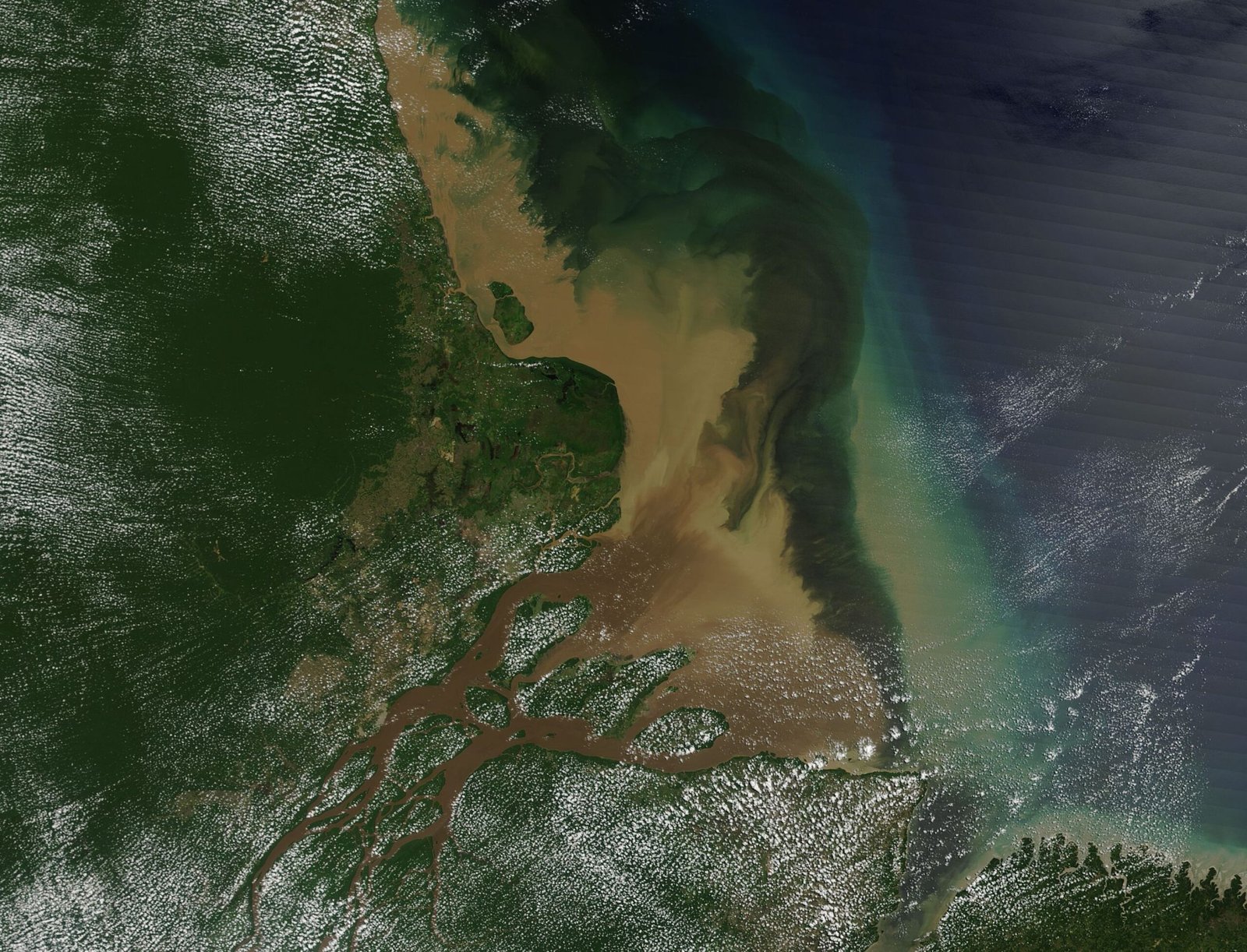
Rising temperatures and shifting rainfall patterns are transforming the Amazon in ways we’re only beginning to understand. Droughts spark wildfires that rage out of control, destroying habitats and spewing smoke that chokes the sky. Rivers shrink, and with them, the creatures that depend on their ebb and flow. Climate change acts like a thief in the night, stealing the conditions that have nourished this forest for millennia, making survival a roll of the dice for countless species.
Hidden in Plain Sight: The Mystery of Cryptic Species
Not every new species is flashy or dramatic; some are masters of disguise. Scientists call these “cryptic species”—creatures that look almost identical to familiar ones, but are genetically distinct. Take the Amazon’s frogs, for example. Two might look exactly alike, but a DNA test reveals they’re as different as wolves and coyotes. These hidden species remind us that nature is full of surprises, and that there’s far more complexity swirling beneath the surface than we see at first glance.
The Role of Indigenous Knowledge in Species Discovery
Long before scientists set foot in the Amazon, Indigenous peoples knew its secrets. Their languages and stories often include names for plants and animals unknown to the outside world. Collaborating with Indigenous guides isn’t just courteous—it’s essential. Their deep-rooted understanding of the forest’s rhythms can lead researchers to new species, medicinal plants, or rare animals. This partnership is a living bridge between ancient wisdom and modern science.
Microbes and Mushrooms: The Unseen Majority

While jaguars and parrots steal the spotlight, the Amazon’s greatest diversity might be in the smallest forms of life. Fungi, bacteria, and viruses pulse beneath the forest floor and drift through the air. Each handful of soil may contain hundreds of undiscovered microbial species, some of which could hold the keys to new medicines or scientific breakthroughs. The Amazon isn’t just a zoo—it’s a giant, living laboratory, with secrets too tiny for the naked eye.
New Plants with Untapped Potential
Botanists have barely scratched the surface of the Amazon’s plant life. New trees, vines, and flowers are described every year, many with properties that could revolutionize medicine, agriculture, or industry. The rosy periwinkle, now used to treat cancer, was once just another wildflower until its secrets were unlocked. Who knows what cures or innovations are still waiting, hidden in the shade of a forgotten grove?
Strange and Spectacular Insects
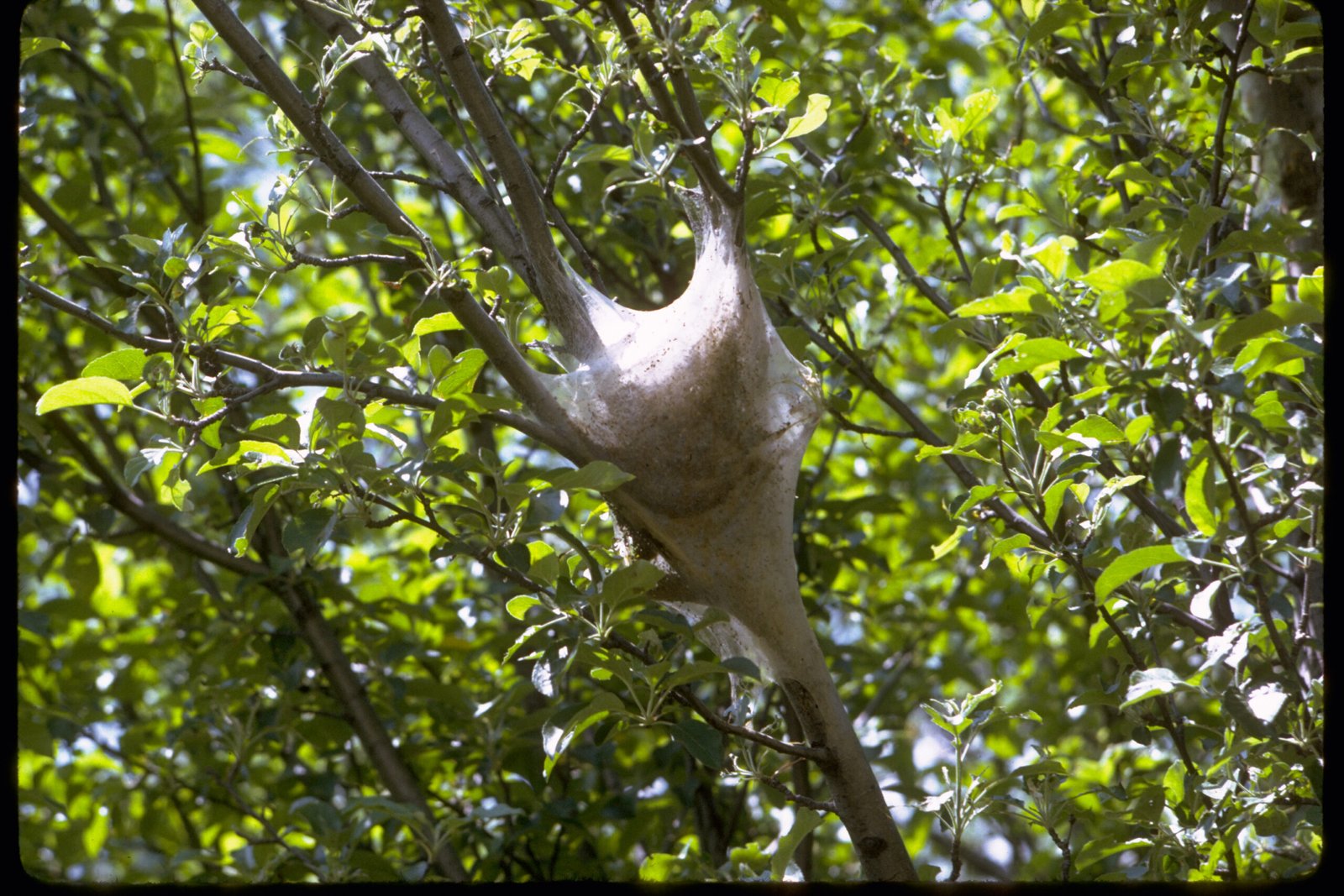
Insects are the Amazon’s most abundant residents, and easily the most bizarre. Scientists regularly find beetles with metallic shells, ants that farm fungus, and butterflies with wings that look like stained glass. Some insects play vital roles as pollinators or decomposers, while others are still a mystery. Each new discovery adds a piece to the puzzle of how this ecosystem works—and what we stand to lose if it unravels.
Fish of Fantastical Form and Color
Beneath the surface of the Amazon’s rivers swim creatures that defy imagination. Electric eels, neon tetras, and armored catfish are just the beginning. New fish species are found almost every year, some with brilliant colors, others with bizarre adaptations for hunting or hiding. These fish aren’t just beautiful—they’re vital to the health of the river, cycling nutrients and shaping the aquatic landscape in ways scientists are still piecing together.
Birds That Astonish and Inspire
The Amazon’s birdlife is legendary—think of the scarlet macaw or the harpy eagle, symbols of wild freedom. But for every famous bird, there are dozens more that have only recently been described. Some sing songs never heard before; others sport feathers so vivid they look painted by hand. Birdwatchers flock to the Amazon from around the world, chasing the chance to spot a creature seen by few human eyes.
Mammals on the Brink: New and Endangered
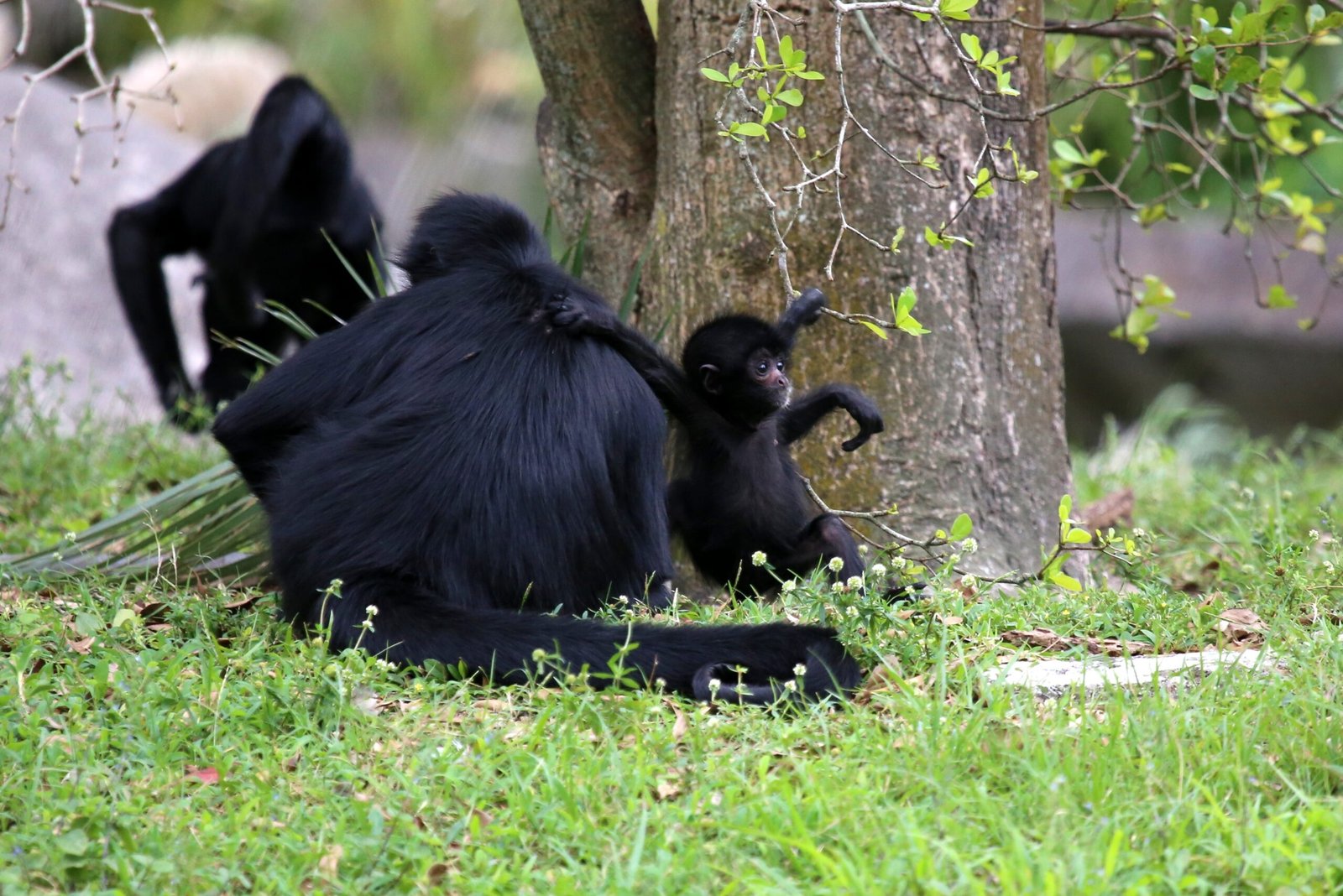
From tiny bats to elusive river dolphins, mammals in the Amazon face a perilous future. New monkeys and rodents are still being described, but many are already endangered by habitat loss and hunting. The discovery of a new mammal is cause for celebration—but it often comes with a sobering reminder of how fragile their existence can be in a world that’s rapidly changing around them.
The Race Against Time: Cataloging Life Before It’s Gone
There’s an urgency to every field expedition now—a sense that scientists are racing the clock to document life before it vanishes. Each new species is a testament to the Amazon’s resilience, but also a warning. Without swift action, entire branches of the tree of life could be lopped off forever. The work is painstaking, sometimes dangerous, and always tinged with the bittersweet knowledge that some treasures slip through our fingers.
Why Amazon Biodiversity Matters to the World
The Amazon isn’t just a local wonder—it’s a global necessity. Its forests store vast amounts of carbon, stabilize weather patterns, and pump water vapor into the atmosphere. The plants and animals that live here are part of a living system that helps keep our planet hospitable. Losing Amazon biodiversity isn’t just a tragedy for Brazil or Peru; it’s a crisis for all of humanity.
Medicines Lost and Found
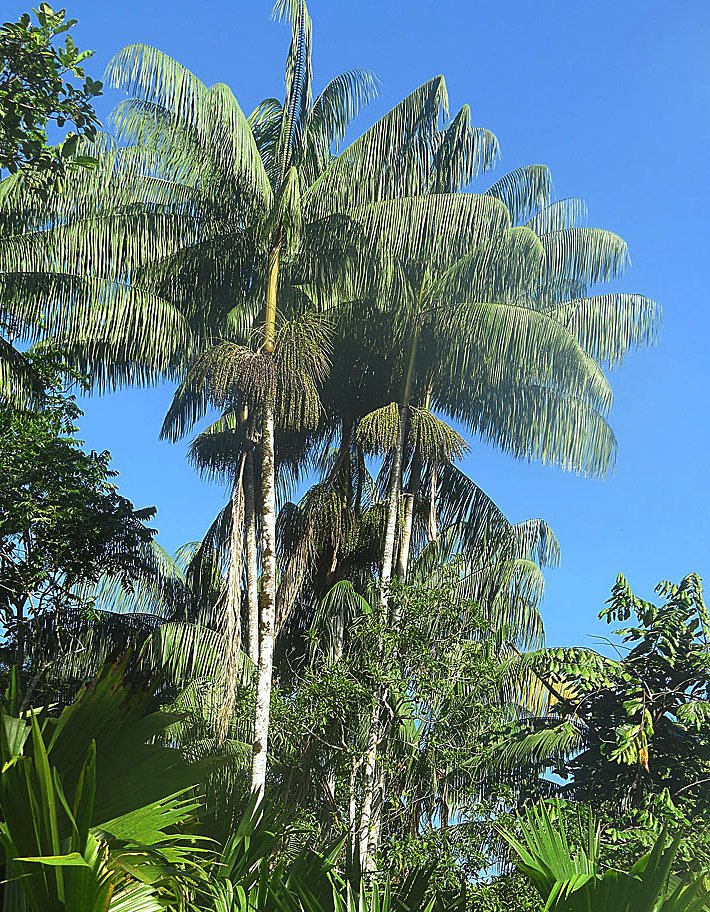
Many of today’s most important medicines come from rainforest plants, from painkillers to treatments for heart disease. Every new species discovered could be the next medical breakthrough—or the last of its kind. The loss of even a single plant or animal means a loss of potential cures, knowledge, and hope for future generations. Protecting the Amazon is about more than saving trees—it’s about safeguarding the wellspring of human health.
The Power of Citizen Science and Technology
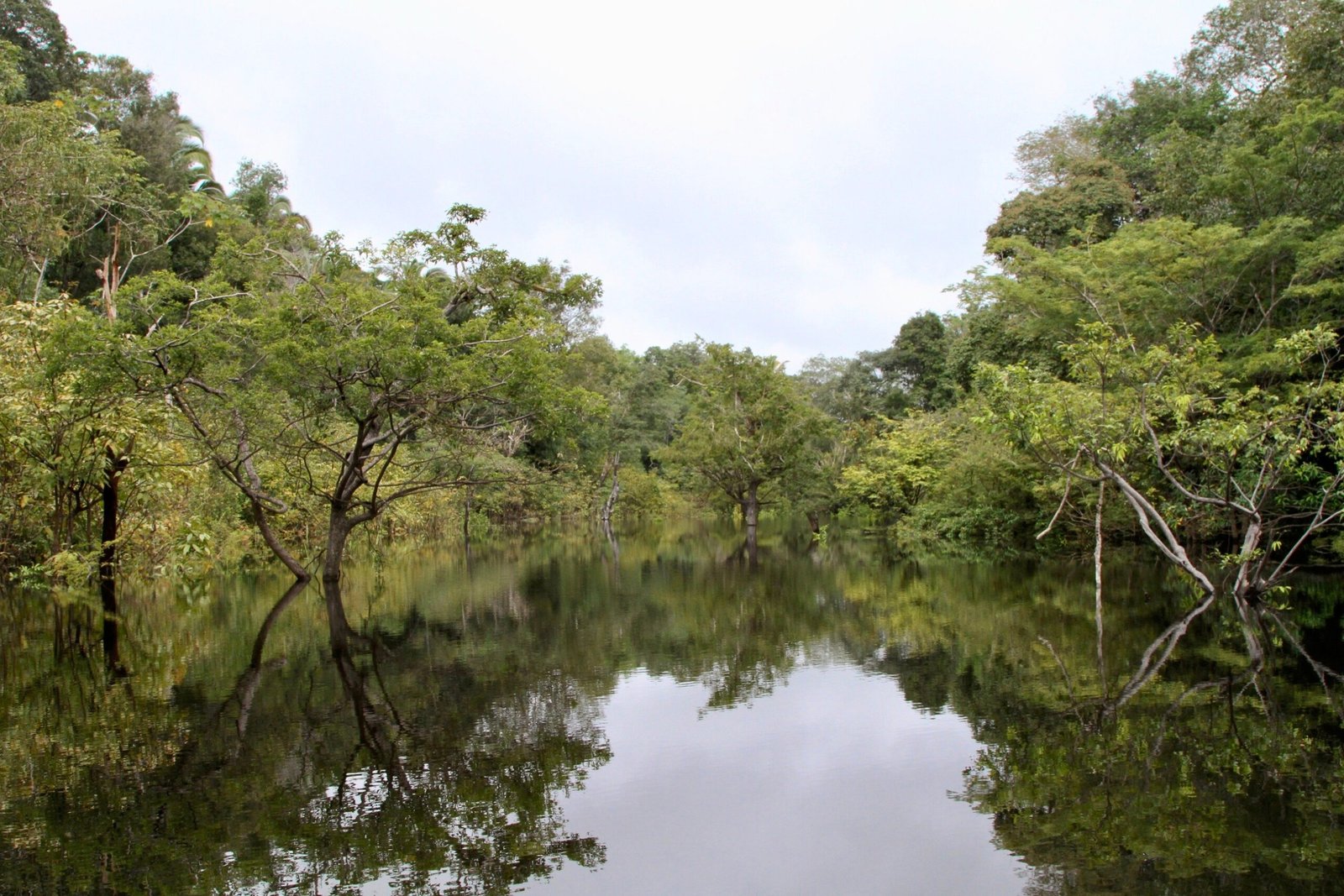
Technology has opened up new frontiers for Amazon exploration. Drones map hard-to-reach areas, camera traps capture elusive animals, and DNA sequencers fit in a backpack. Even ordinary people can help, reporting sightings or sharing photos that lead to new discoveries. The line between scientist and explorer is blurrier than ever, and everyone can play a role in unveiling the Amazon’s secrets.
Conservation: Hope Amid the Crisis
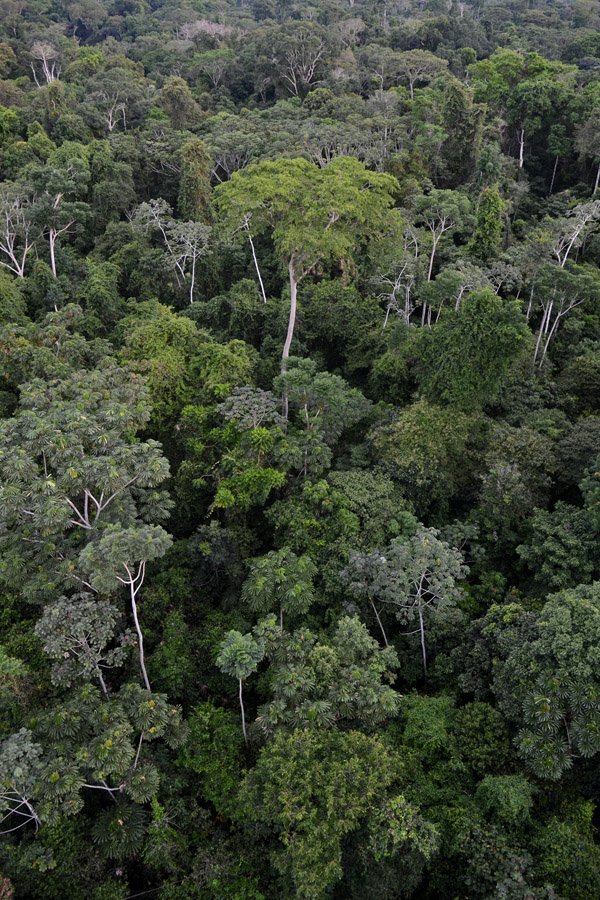
Despite the challenges, there are glimmers of hope. Conservation groups, Indigenous communities, and governments are working together to create protected areas, restore habitats, and fight illegal logging. Each success story—a rescued river, a thriving monkey troop, a forest regrown—shows what’s possible when people join forces for the Amazon. It’s a race, but not a lost one.
A Call to Wonder—and to Action
The Amazon is a living library, and every new species discovered is another page in its story. But as fast as we read, the pages are being torn away. The wonder of discovery should inspire us, but it should also wake us up. The fate of the Amazon—and all its unknown wonders—depends on decisions made far beyond its borders. What role will you play in the story of this extraordinary place?

